Cutting Back Redbuds: How And When To Prune A Redbud Tree
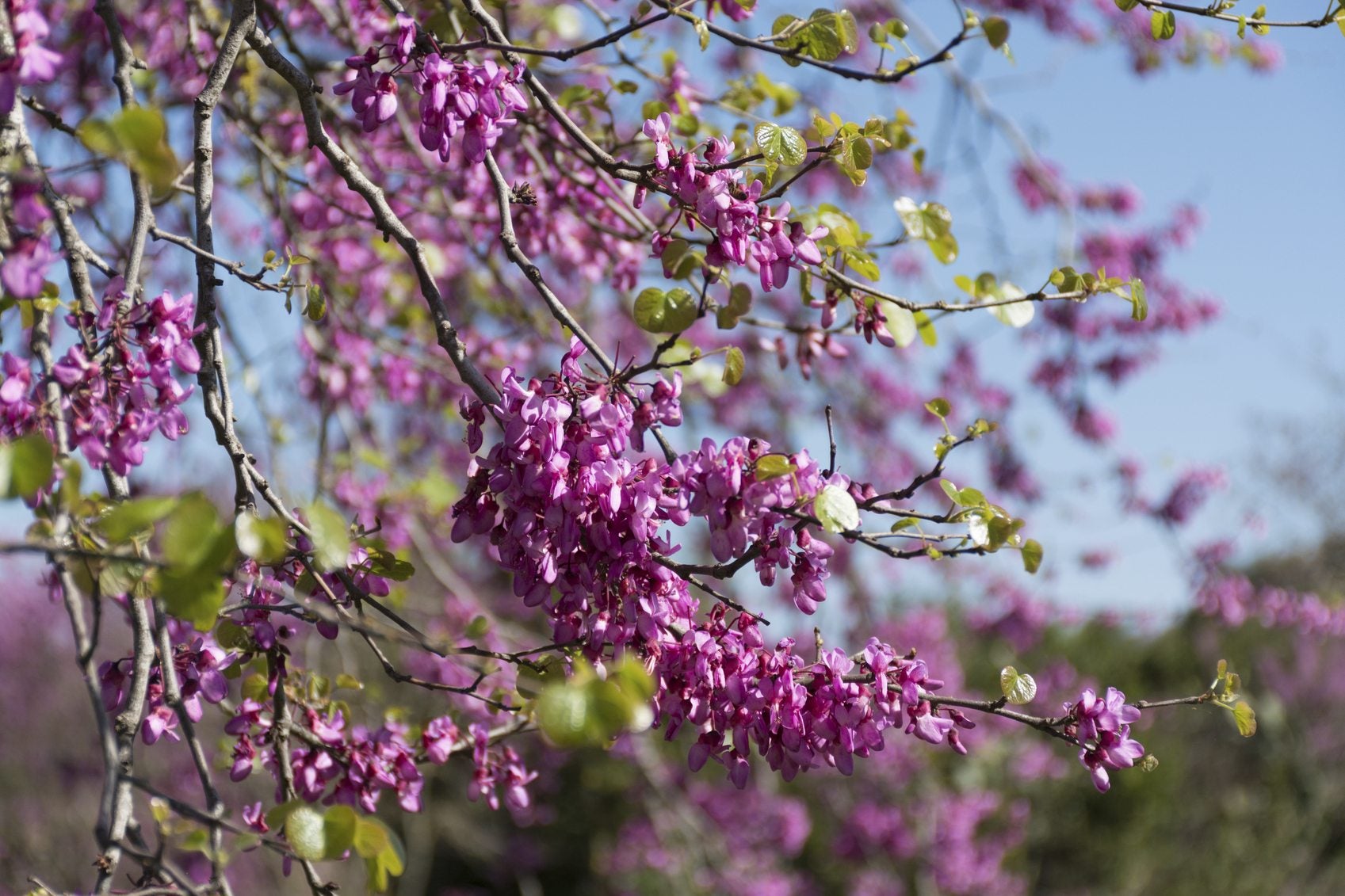

Redbuds are lovely small trees for gardens and backyards. Pruning a redbud tree is essential to keeping the tree healthy and attractive. If you want to know how to prune redbud trees, read on.
Pruning a Redbud Tree
Gardeners trim back some species of trees to keep them looking their best. Other trees need pruning to maintain their vigor. Redbud tree pruning includes both objectives. You’ll want to start cutting back redbuds when they are still saplings. By starting young, you can control their future branch development.
Vigorous to a fault, redbuds can start growing flowers from their trunks. They can also develop such abundant foliage that they lose their graceful shape and become almost as wide as they are tall. Appropriate redbud tree pruning eliminates the excess. Redbud tree pruning also helps to eliminate those branches with V-shaped branch crotches. Branches that join the trunk in narrowly angled junctions are weak. These crotches cannot support heavy branches and can break off in a strong wind. Branch breakage is one of the biggest causes of redbud tree death.
Last but not least, cutting back redwoods can prevent diseases from spreading. If a redbud gets verticillium wilt, for example, you’ll want to prune back dead and dying branches. It’s good practice to remove dead branches from a tree even if they are not diseased.
When to Prune a Redbud Tree
If you want to know when to prune a redbud tree, the optimal time to prune depends on the type of trimming you are undertaking. If you are cutting back redbud trees to shape them, make these cuts after the trees finish flowering but before they leaf out completely.
Don’t wait past mid-April. If you need to remove dead or diseased branches from the tree, don’t act in spring. When to prune a redbud tree in this way? Any branches are best removed during winter dormancy before blooms appear.
How to Prune Redbud Trees
You’ll want to start by sterilizing your pruners. Wipe the cutting edges with denatured alcohol. This is especially important if you are pruning out diseased limbs. Remove all branches with narrow crotches to make room for those with stronger connections to the trunk.
Gardening tips, videos, info and more delivered right to your inbox!
Sign up for the Gardening Know How newsletter today and receive a free copy of our e-book "How to Grow Delicious Tomatoes".
Branches connecting to the tree with U-shaped junctions will be able to support leaves and flowers. Prune out all dead and dying branches. Cut back broken branches as well. Make these cuts at a leaf node above the break.

Teo Spengler is a master gardener and a docent at the San Francisco Botanical Garden, where she hosts public tours. She has studied horticulture and written about nature, trees, plants, and gardening for more than two decades. Her extended family includes some 30 houseplants and hundreds of outdoor plants, including 250 trees, which are her main passion. Spengler currently splits her life between San Francisco and the French Basque Country, though she was raised in Alaska, giving her experience of gardening in a range of climates.
-
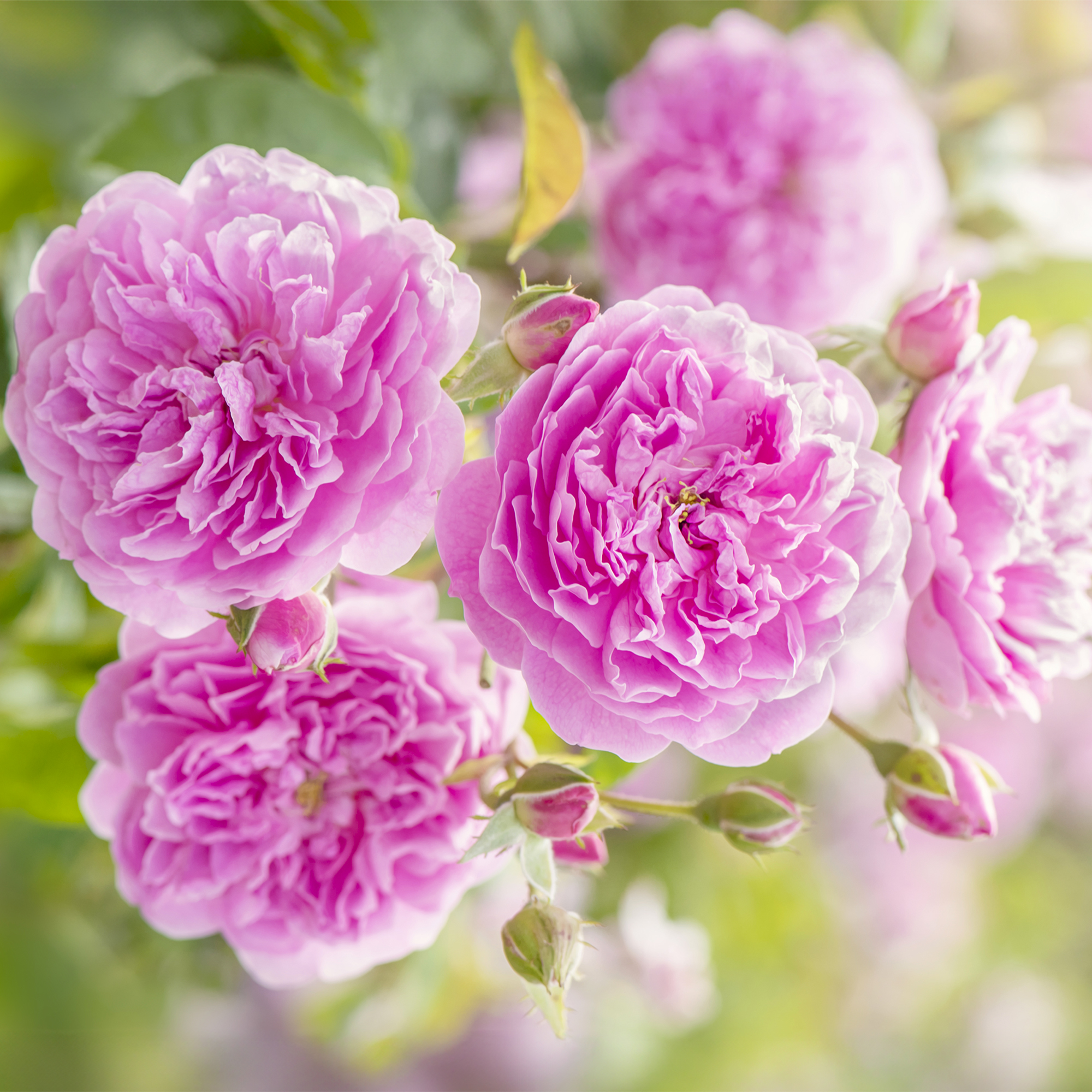 How Much Sun Do Roses Need To Grow? Understanding Rose Light Requirements
How Much Sun Do Roses Need To Grow? Understanding Rose Light RequirementsDiscover how much sunlight your roses really need to grow strong, bloom beautifully, and stay healthy all season long.
-
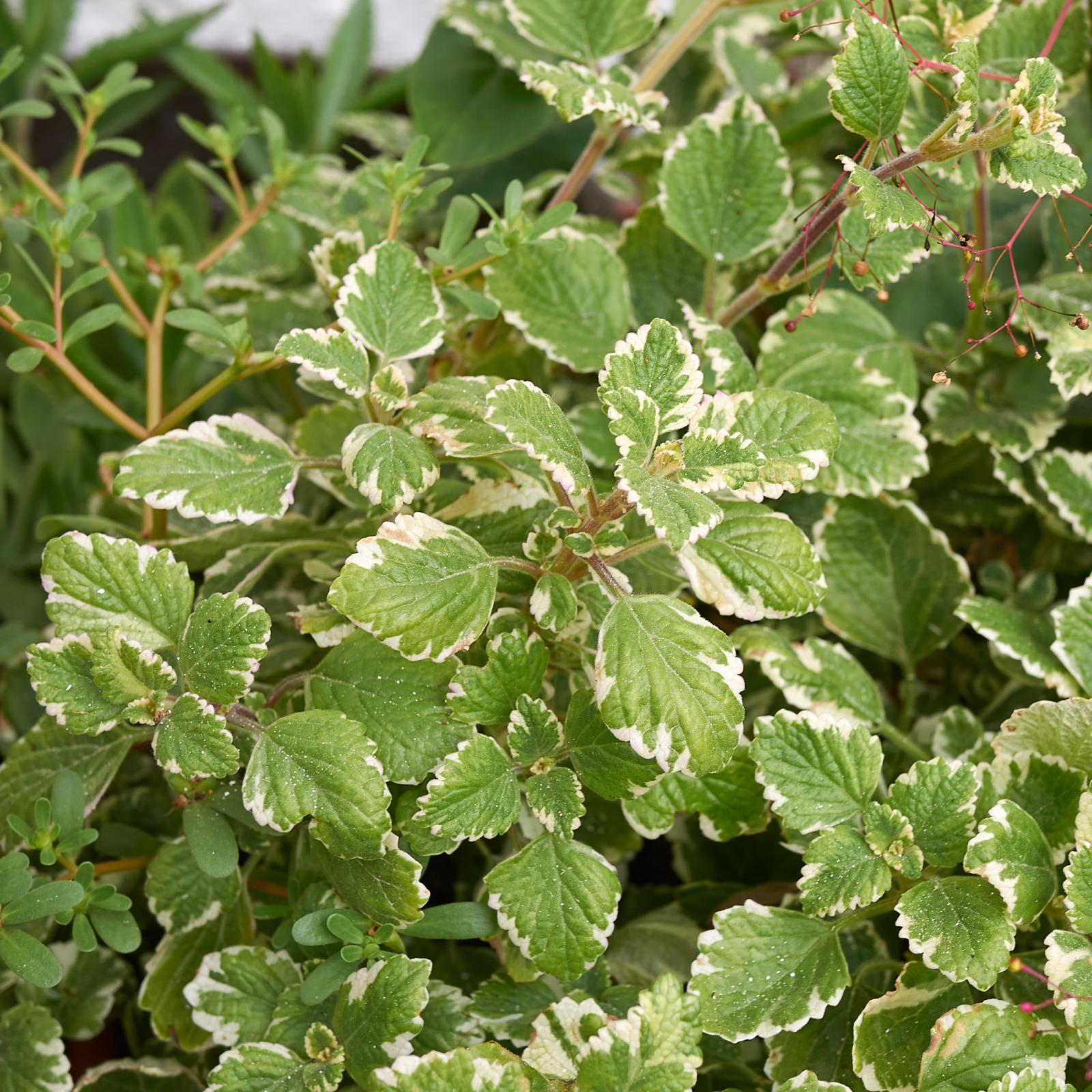 Which Ivy Is Best For A Garden? 7 Varieties Of Ivy To Grow (And 2 To Avoid)
Which Ivy Is Best For A Garden? 7 Varieties Of Ivy To Grow (And 2 To Avoid)Lots of varieties of ivy can complement your garden, provide groundcover, or create a private oasis, but which is best? Explore our top picks for beautiful ivy.
-
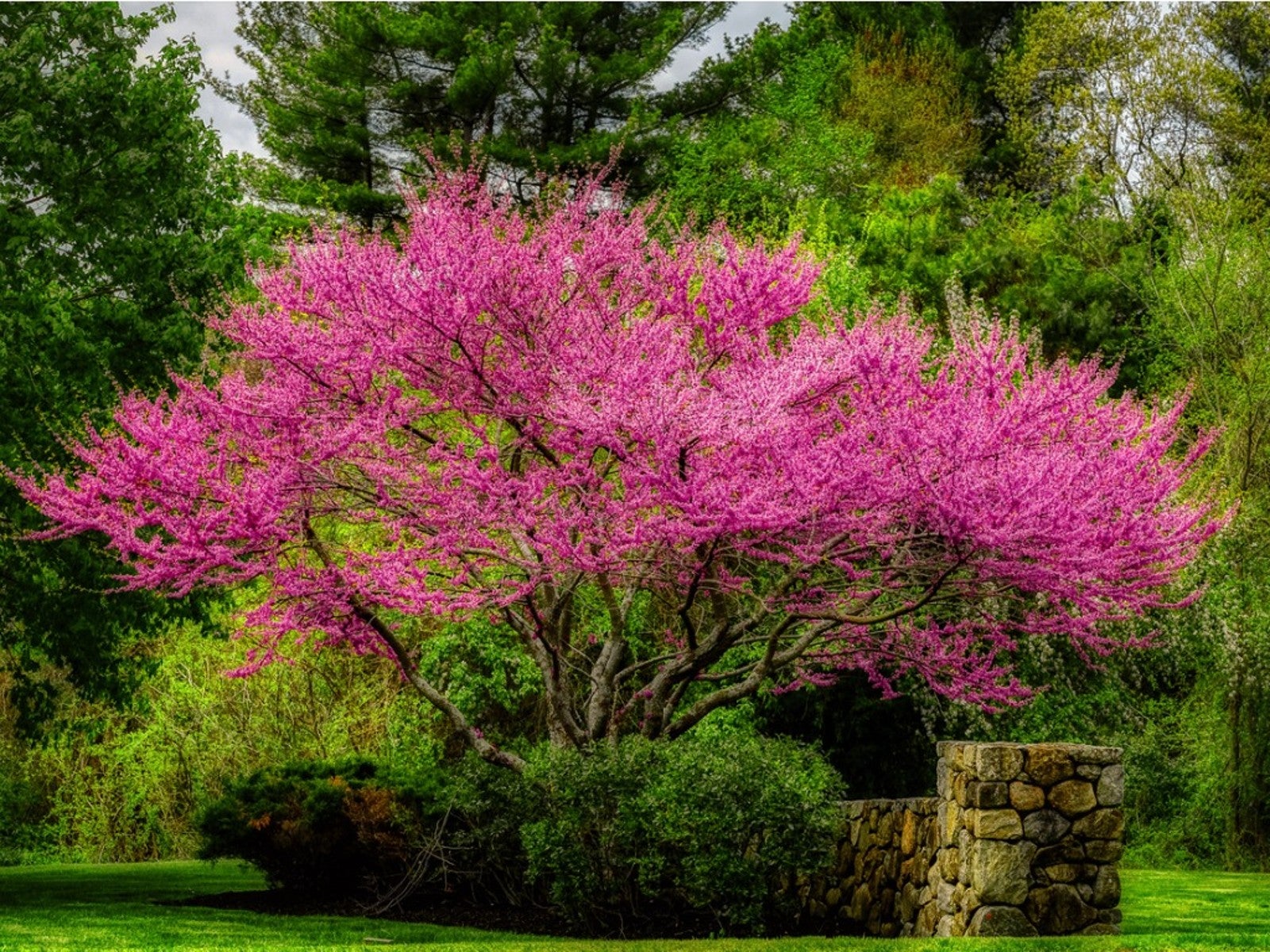 Tips For Transplanting Redbud Tree
Tips For Transplanting Redbud TreeWhile it’s not a good idea to transplant a mature redbud tree unless absolutely necessary, it is entirely possible to dig up seedlings to transplant into your landscape. Read on for tips for transplanting redbud trees.
-
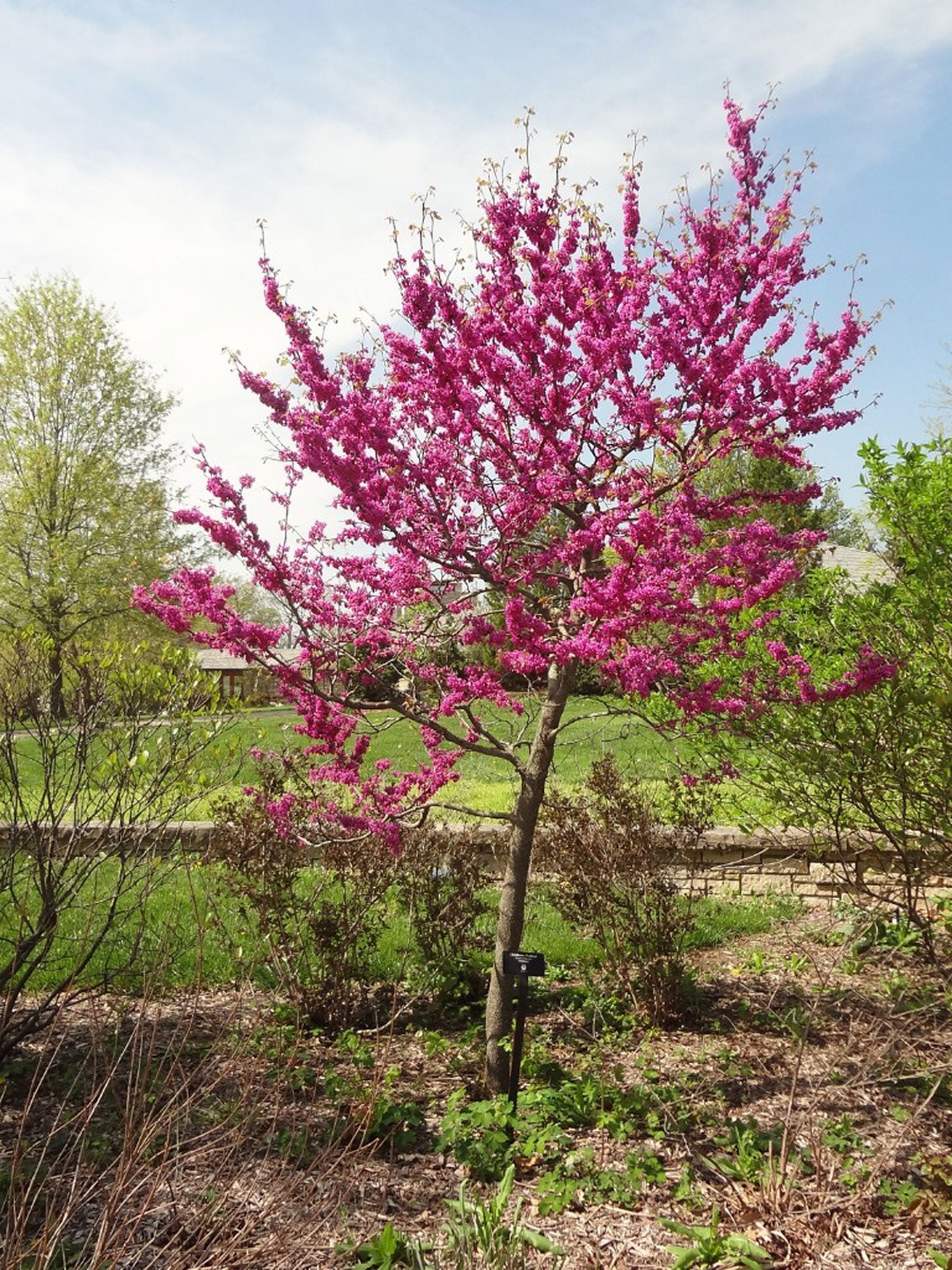 Growing Oklahoma Redbud: How To Plant An Oklahoma Redbud Tree
Growing Oklahoma Redbud: How To Plant An Oklahoma Redbud TreeOklahoma redbud trees offer dramatic spring blossoms, purple seedpods, and shiny foliage. For information on Oklahoma redbud trees, click the following article.
-
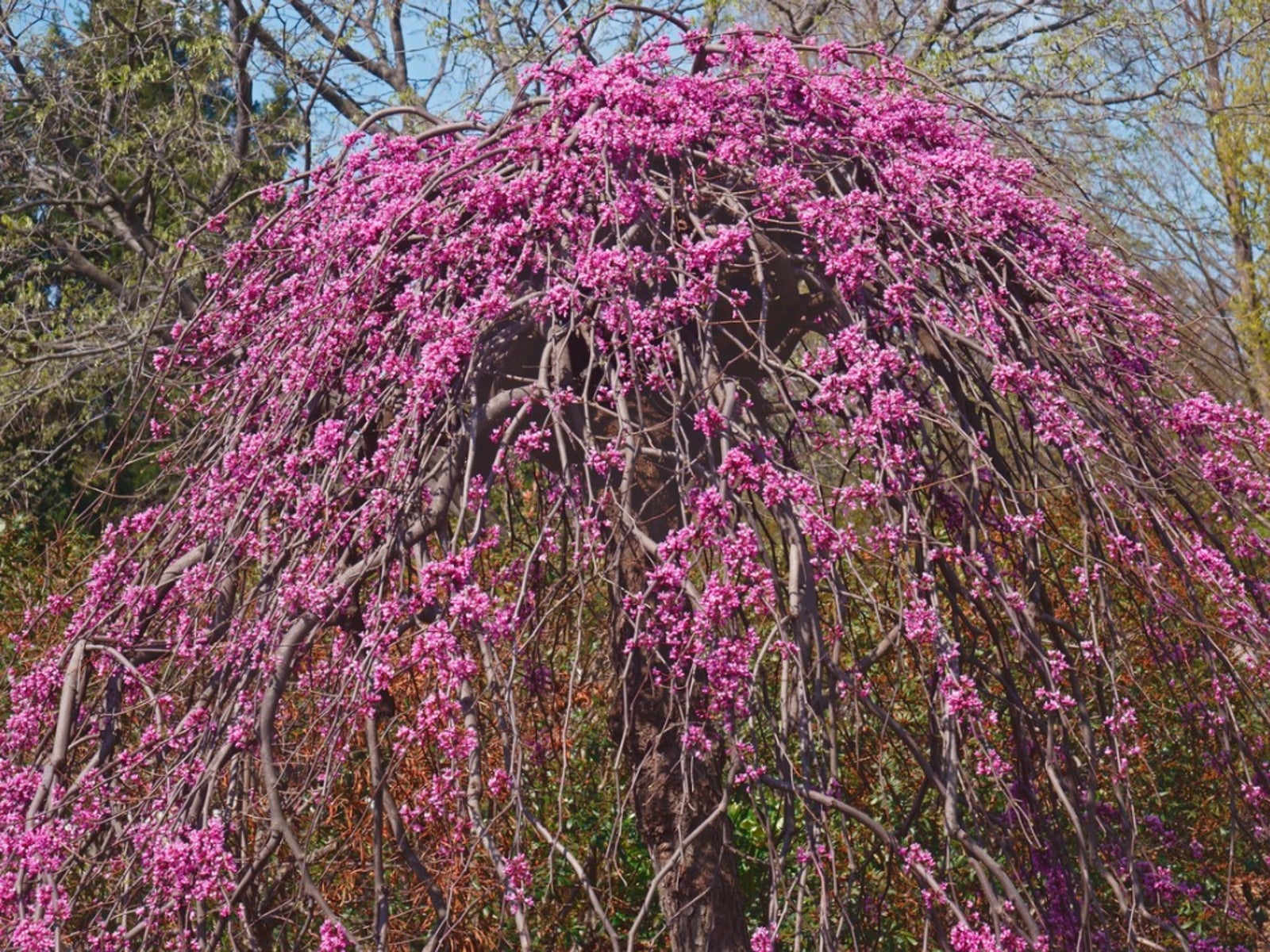 Lavender Twist Redbud Care: Growing Weeping Lavender Twist Redbuds
Lavender Twist Redbud Care: Growing Weeping Lavender Twist RedbudsRedbuds are popular ornamental trees for the home landscape. This article will discuss the weeping tree variety of eastern redbud known as "Lavender Twist". Click here for weeping redbud info and tips on how to grow a Lavender Twist redbud.
-
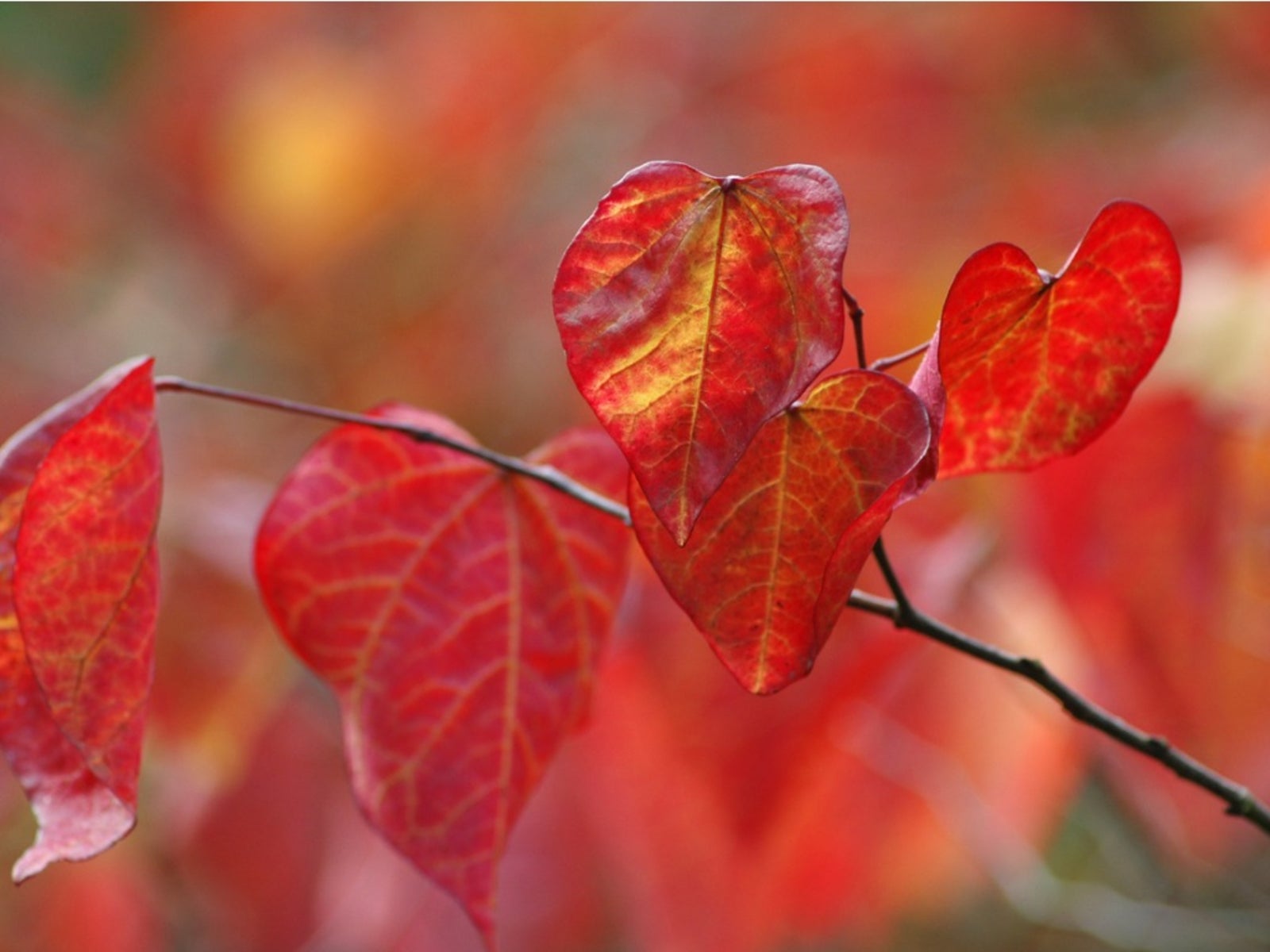 Forest Pansy Tree Care – Tips On Growing A Forest Pansy Tree
Forest Pansy Tree Care – Tips On Growing A Forest Pansy TreeForest Pansy trees are a type of eastern redbud. The tree gets its name from the attractive, pansy-like flowers that appear in spring. Click this article for more information about the Forest Pansy redbud, including Forest Pansy tree care.
-
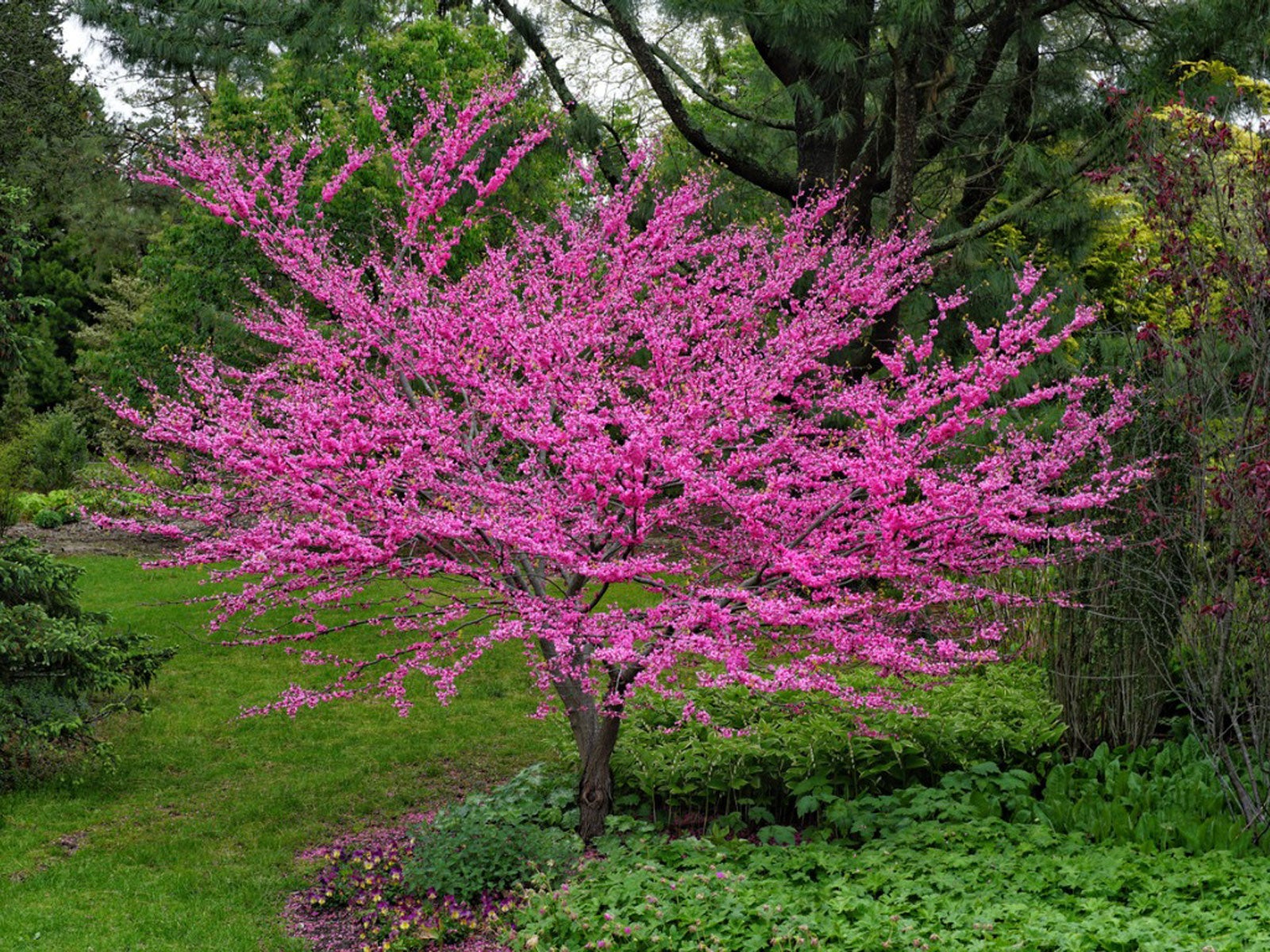 Growing Redbud Trees: How To Care For A Redbud Tree
Growing Redbud Trees: How To Care For A Redbud TreeGrowing redbud trees is a great way to add brilliant color to your landscape. Click here to learn how to care for a redbud tree.